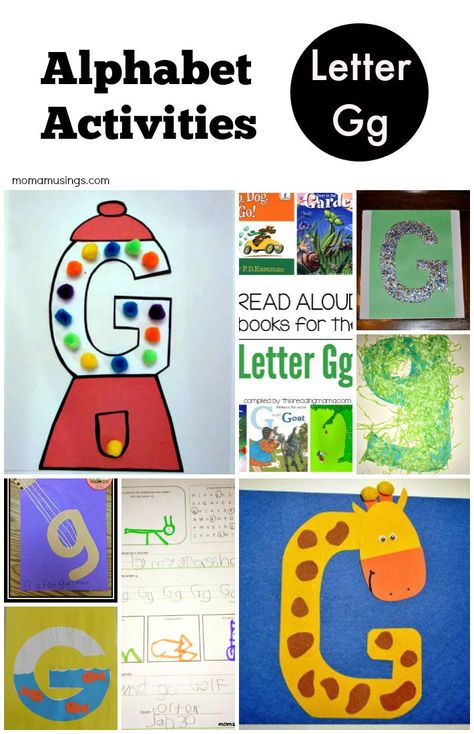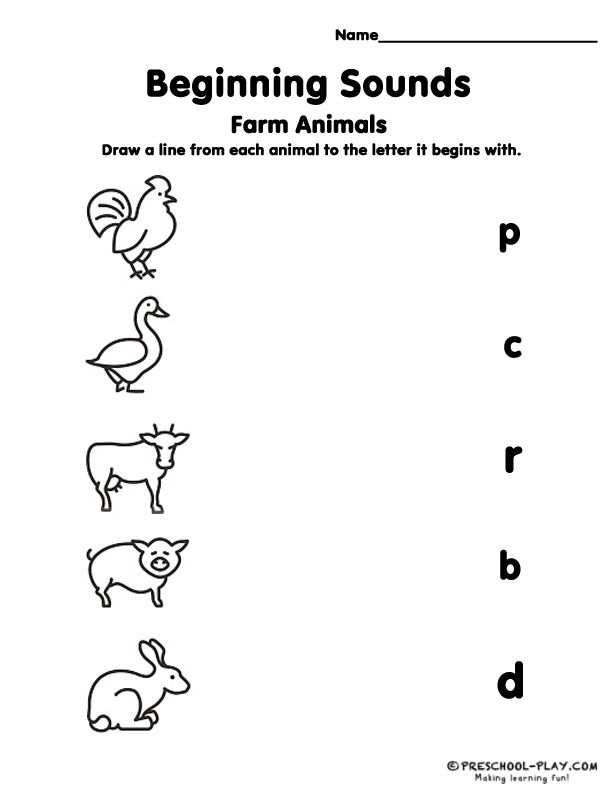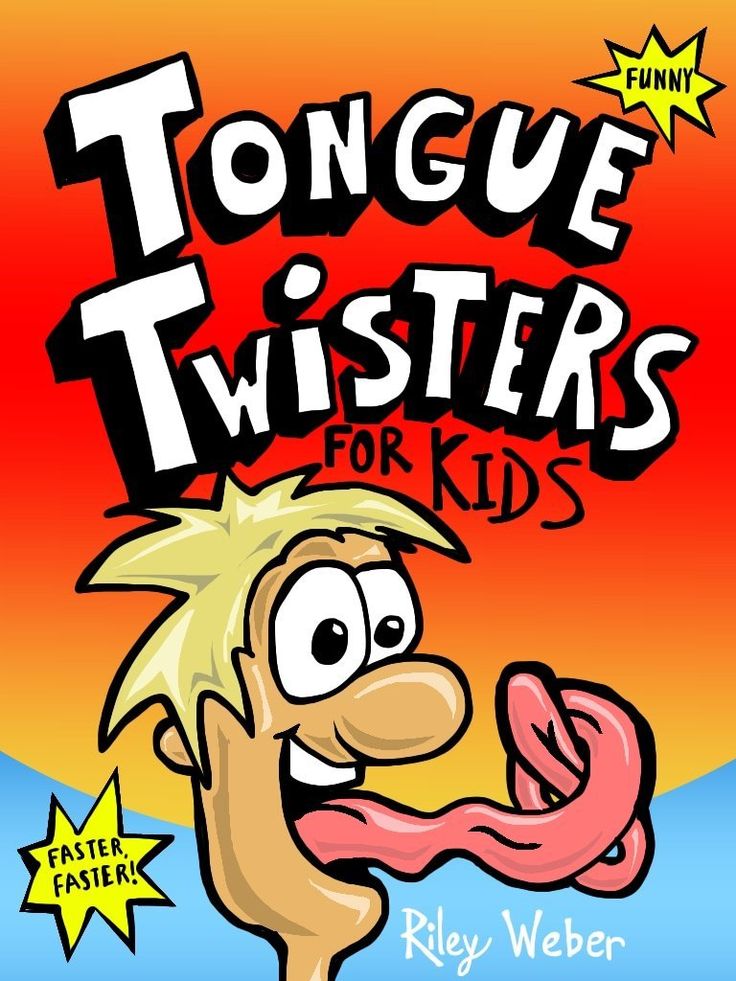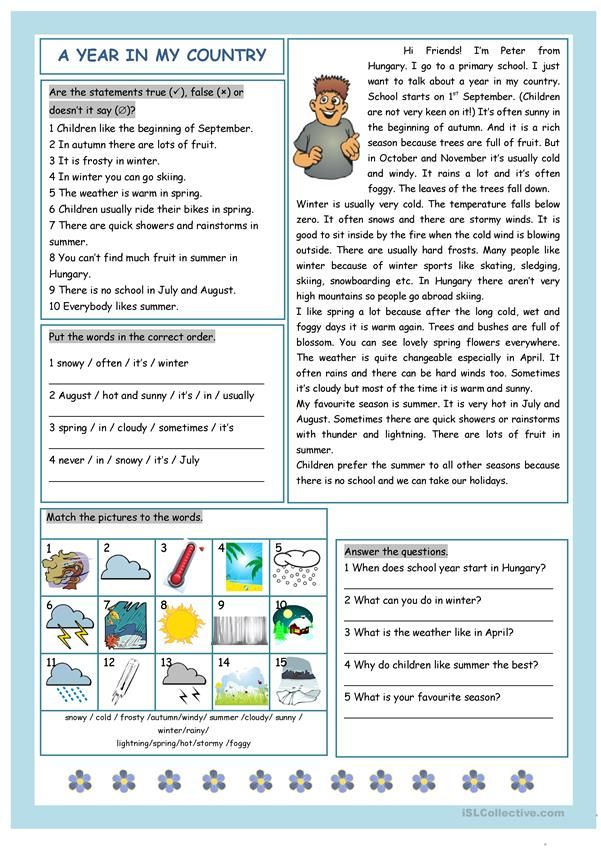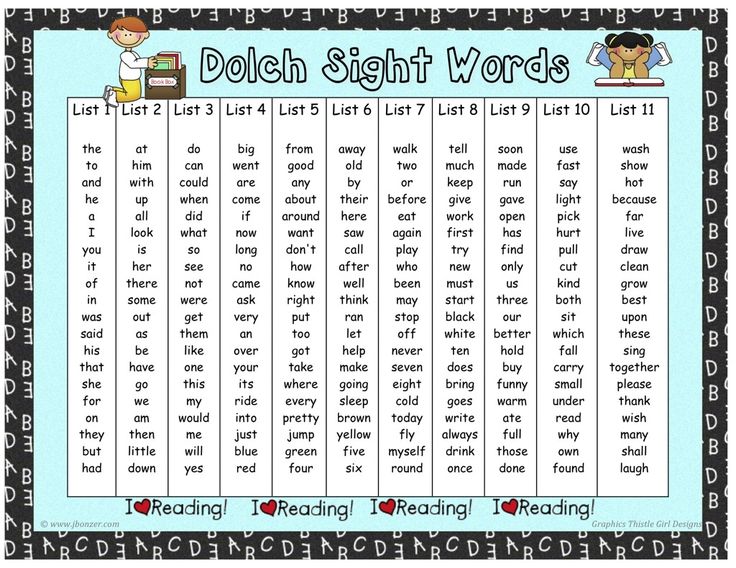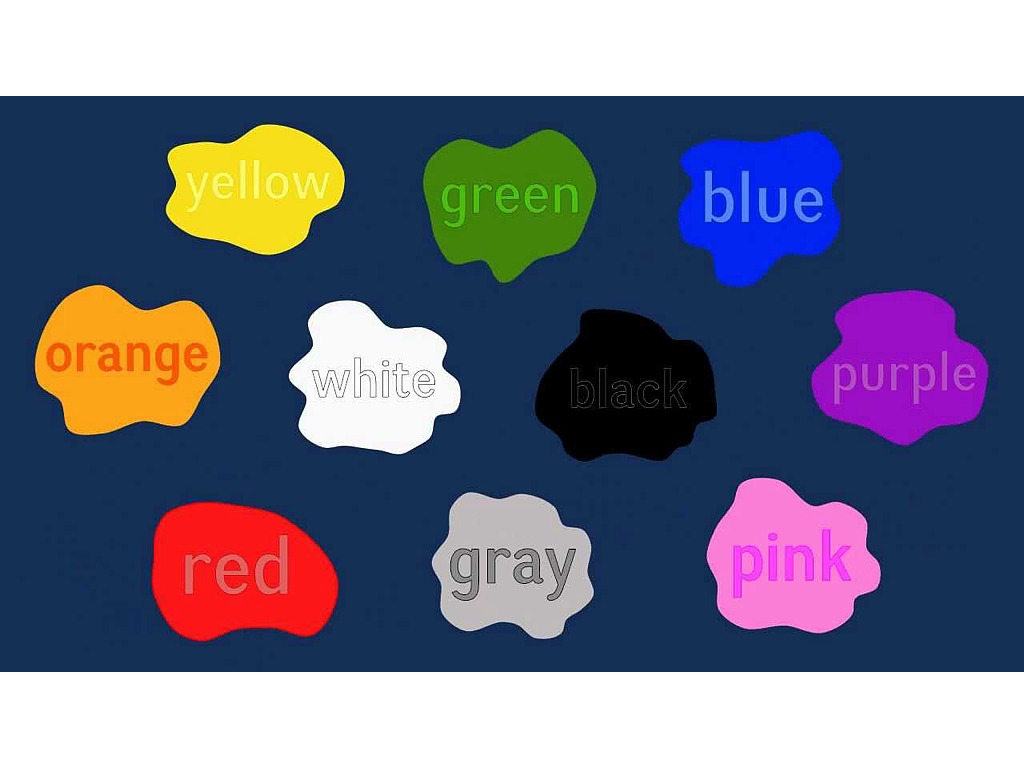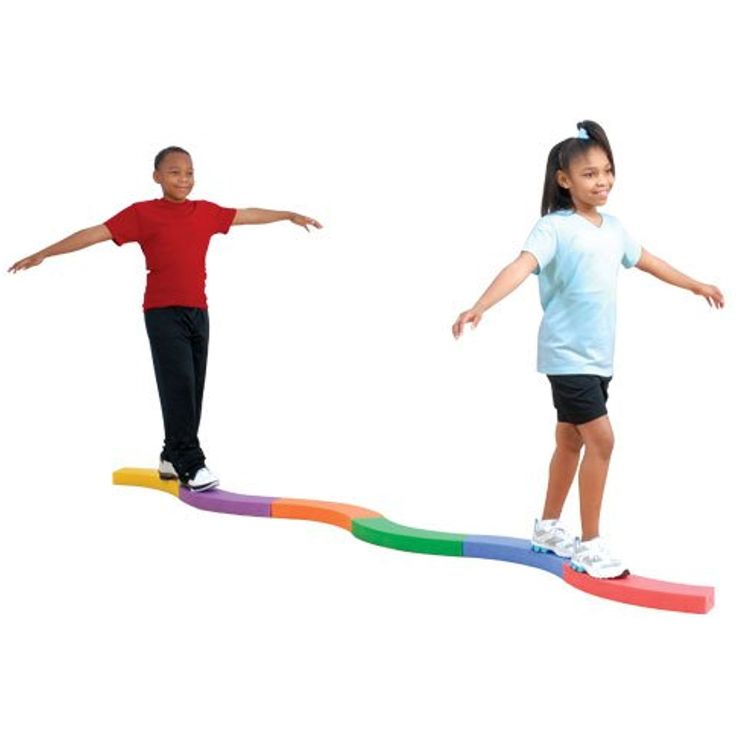Social development activities for toddlers
17+ Easy Social Activities For Toddlers And Preschoolers
Social skills for preschoolers and toddlers are critical to their happiness and well-being. As essential tools children use to interact, communicate, and build relationships, social and emotional skills also play an important role in a child's development. We have compiled 17+ social-emotional development activities for toddlers and preschoolers.
Play And Social Development
There is an incredible link between play and social development. As it turns out, all types of play are valuable to the social and emotional development in early childhood, including block play. Through block play, children build skills not only in social-emotional, but also the physical, language, and cognitive development domains. Read our detailed post on the benefits of block play.
Kids love to play! Therefore, what better way to build their skills than to provide fun and interactive social skills activities for preschoolers and toddlers. Explore this post on "What Are Social Skills? & Why Are Social Skills Important?" for a deep dive into social and emotional development in early childhood.
Like little sponges, children learn best with hands-on activities. Additionally, through engagement and modeling, you demonstrate socially acceptable behavior. Kids need free time to play and develop their imagination and creativity. Be flexible. Start with a plan, but let your children lead the way. Let them be imaginative!
At first, keep things simple. As their skills develop, you can add more complex activities. Such as, adding a twist to a classic game like Simon Says. Turn routine play into enhanced experiences and keep it fun and interactive!
Let's look at some simple social-emotional activities for toddlers and preschoolers you can incorporate into your child's daily play.
Ideas For Social Skills Activities For Preschoolers And Toddlers
Use Visuals
- Posters
- Charts
Read Books
Read one of these on good manners:
- Thank You and Good Night by Jon Gordon
- Richard Scarry's Please and Thank You Book by Richard Scarry
- Do Unto Otters: A Book About Manners by Laurie Keller
- My Mouth Is a Volcano! by Julia Cook
- Penguin Says "Please" by Michael Dahl
Sing Songs
Songs work wonders for kids.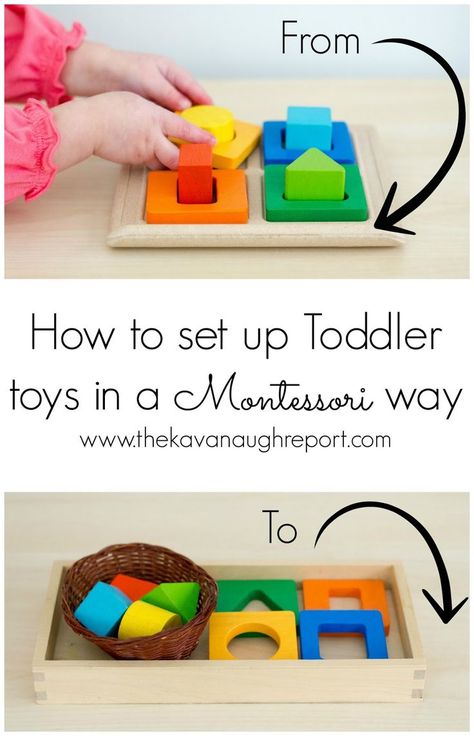 They love to sing and remember things so much better when put to music. It also works as a fun and gentle reminder; when your child begins to use bad manners, you can start singing the song.
They love to sing and remember things so much better when put to music. It also works as a fun and gentle reminder; when your child begins to use bad manners, you can start singing the song.
Sample one of these Good Manners Songs from The Child Care Lounge.
- Manners (Tune: I'm a Little Teapot)
- When You're Talking to a Friend (Tune: If You're Happy and You Know It)
- Good Manners (Tune: Twinkle, Twinkle Little Star)
Or this one from Let's Play Music.
Finally, try a classic like, "Your Happy And You Know It"
Play Games
Playing games together, whether board, card, or outdoor games, encourages following directions and taking turns. Children have to learn how to play fairly by the rules. Additionally, it provides opportunities to handle winning and losing like a "good sport. " Practice taking turns with your child by saying "my turn" and "your turn." Most important, focus on having fun while playing together.
" Practice taking turns with your child by saying "my turn" and "your turn." Most important, focus on having fun while playing together.
Role Play
Create a list of things to say and then "role play". For example,
- How to introduce themselves, i.e., "Hello, my name is…"
- How to join in playing with others, i.e., "May I play too?"
- How to nicely negotiate with others, i.e., No, thank you, I do not want the blue car. May I have the red truck, please?"
Social and Emotional Learning Skills
We will look at communication skills and some social-emotional development activities for toddlers and preschoolers to build effective communication.
Communication
Effective communication is one of life's most essential skills. Children need to be able to understand and express their emotions while also recognizing the feelings of others'. The need for positive interactions and connections with others is vital to our well-being.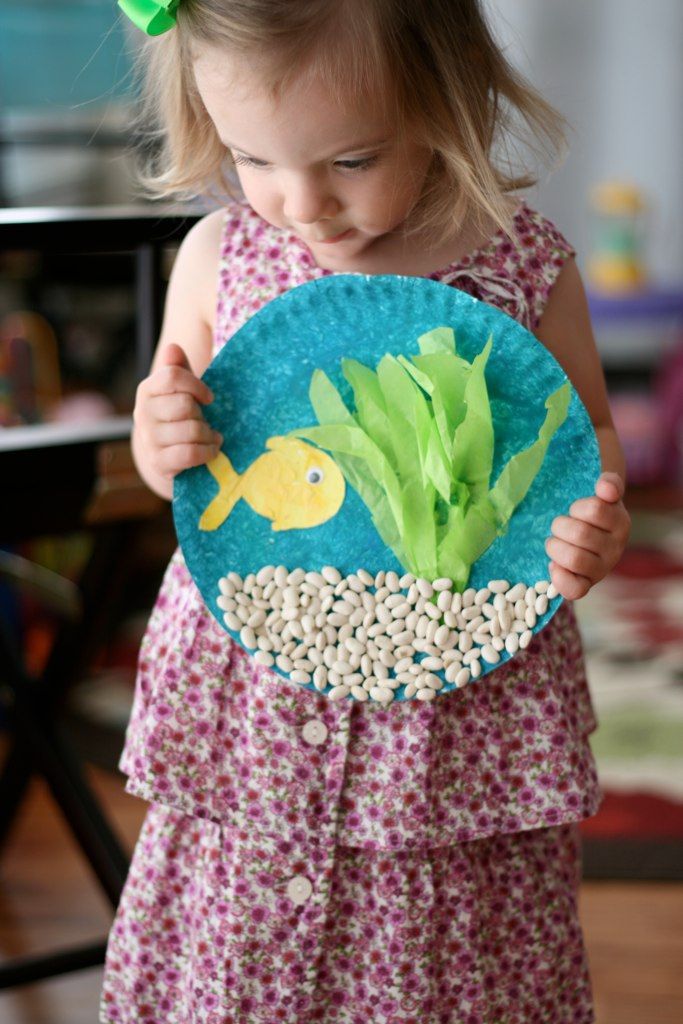 Below are just a few of the skills used in positive communication:
Below are just a few of the skills used in positive communication:
- Active Listening
- Following Directions
- Making Eye Contact
- Using Good Manners
- Having A Sense of Humor
- Not Speaking Too Loudly
- Speaking Clearly
- Telling The Truth
- Using Kind Words
Active Listening
Good listening skills require children to be active listeners. They must hear and understand what someone else is saying. As the foundation for effective communication, being an active listener is a skill that is essential for healthy relationships throughout life. Epictetus, a Greek philosopher, said, "We have two ears and one mouth so that we can listen twice as much as we speak." What wise words!
Practice is the name of the game! Try reading a book, stopping regularly to ask your child to recap the story. For instance, ask them, "What has been happening in the story?" Encourage them to continue listening as you read.
"Listening is where love begins.
" - Mr. Rogers
Following Directions
Following directions and listening are two skills that work closely together. Often, kids have a hard time following directions if they are not using their listening skills.
Younger children can get distracted or forget what you asked them to do. Use this time as an opportunity to practice their skills. For example, practice regularly with simple requests like "Please pass the butter to me" then give praise immediately for following directions.
Also, with young children, you want to give just one direction at a time. Instead of saying, "put on your shirt, wash your hands, and come to the table for dinner," pause until they have put on their shirt before you give the next request.
Furthermore, how you frame the direction makes a difference. You want to avoid phrasing it like a question. This suggests your child has an option and can say "no." Instead, ask them to repeat back what you said once you have given your direction, additionally reinforcing their listening skills.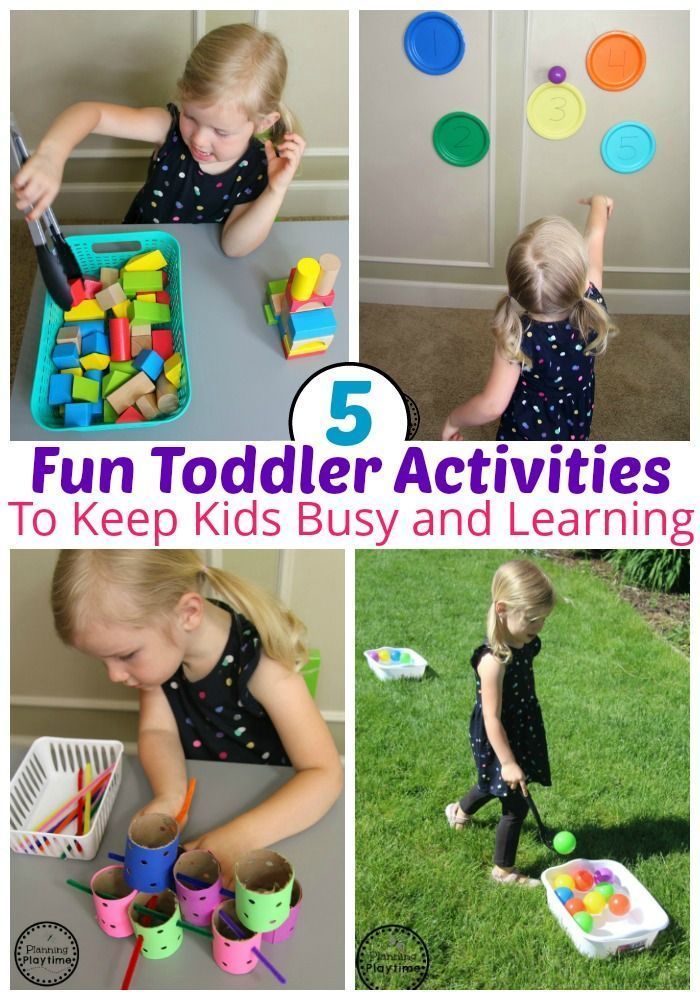
It is important to praise your child when you see they are following directions. Say things like, "Thank you for putting your blocks away the first time."
Making Eye Contact
Some kids may be shy and struggle to look at a person when speaking with them. However, making eye contact is imperative to effective communication, and children need to practice. Highlight the importance of making eye contact and model the behavior.
If your child finds it difficult not to look up, gently remind them by asking them, "Where do your eyes go when someone is talking to you? Always look for times to praise them when they remember to look at people when they are talking. You want to be kind and positive; shy children can often feel anxious.
Practice making eye contact with you first in a safe and loving environment. Have your child describe a story while you play with a toy, close your eyes, or look around but NOT at them. Then, have them share another story; this time, make eye contact while they are speaking.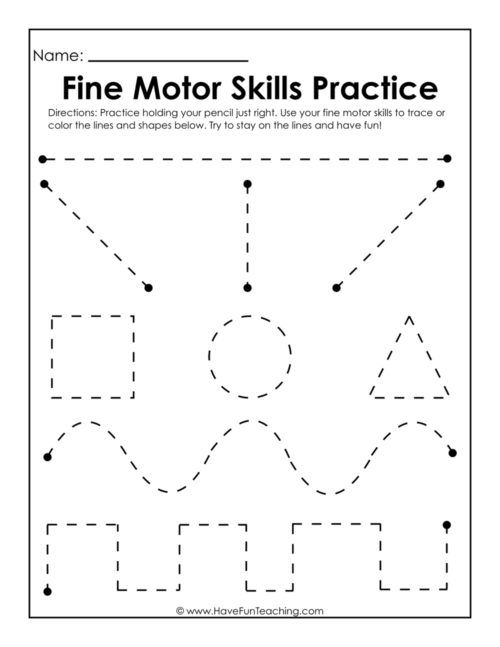 Afterward, talk about how it made them feel in each instance.
Afterward, talk about how it made them feel in each instance.
Using Good Manners
Good manners are more than just minding your "Please," and Thank you." It is about being polite and courteous, like not interrupting or talking with your mouth full. Using good manners, whether while eating and speaking, at home, or in public, is also about respect. Greeting people like family, friends, or visitors with a "Hi" or "Hello" makes them feel welcome and appreciated. Let's not forget the importance of "I'm sorry" and Excuse me."
We realize that teaching good manners can feel like an endless battle. However, when your child is polite and courteous, it makes others want to be around them. Furthermore, they are more likely to be invited places if they are respectful, gracious, and well-behaved.
Once before a trip to France, we were reminded that Americans are often considered rude by other countries. We can be loud in public, but the thing that struck me the most was that we forget to say "Hello" before asking for help or directions. What a concept, a simple greeting of "Hi. How are you?" before asking, "Where can I find the bread" goes a long way.
What a concept, a simple greeting of "Hi. How are you?" before asking, "Where can I find the bread" goes a long way.
So, we tested it out while we there and what a positive response and experience we had. We also started practicing it at home and WOW! what a difference it makes. Such a small effort with a huge impact.
Now that was easy for us adults, but how do we teach our children good manners? Model them! Always saying "Please" and "Thank you" to your children, as well as others. Give gentle reminders and praise them when they remember to be polite.
Better yet, practice with these fun social-emotional activities for preschoolers and toddlers below.
Emotional and Social Development Activities For Toddlers
Social skills activities for toddlers are usually quite simple. Typically, before the age of three, toddlers rarely play cooperatively, but instead, they play alongside one another, enjoying each other's company. They are just beginning to engage in pretend play and like to imitate friends and adults.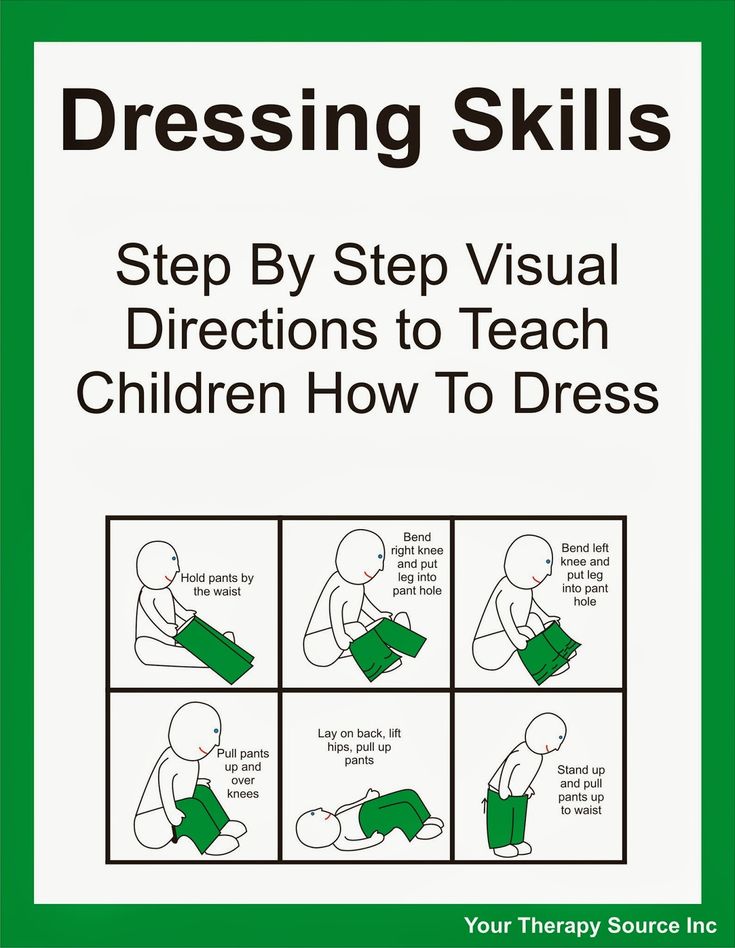 You see an increase in their independence, but they may still have some separation anxiety. For successful interaction, keep these general guidelines in mind when planning your social-emotional learning activities for toddlers.
You see an increase in their independence, but they may still have some separation anxiety. For successful interaction, keep these general guidelines in mind when planning your social-emotional learning activities for toddlers.
Hands Are Not For Hitting
Not hitting, is a vital skill to learn, especially for toddlers. You can create a song about what hands are for, including hand motions. Add things like Hands are for waving, clapping, drawing, hugging, and more. Look for more ideas in the "Hands Are Not For Hitting" book by Martine Agassi Ph.D.
Red Light, Green Light For Toddlers
This childhood classic requires listening and following direction skills. For toddlers, you may want to use signs to help them understand the directions initially. For example, you could make a round yellow "light" with a picture of hands clapping as a visual cue. As they become more proficient, you can remove the signs one by one and let them play by listening only.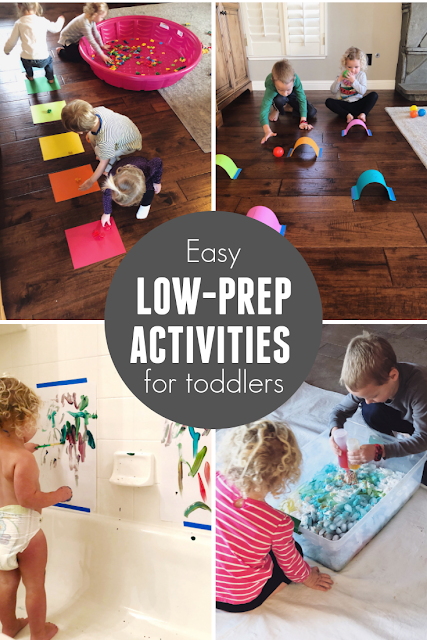
To play, one toddler is the "stoplight," and the others are bikes or cars. Let the kids decide. Next, the "stoplight" says "green light," and all the bikes come running towards the light. When the light calls out "red light," they all have to stop. If they fail to stop, they return to the beginning and start over. The first one to the "light" wins and gets to be the next "stoplight."
Follow My Clap
This game can expand as your child grows. For a toddler, start with a simple clapping pattern, have them listen, and then copy the rhythm. As the child gets older and more proficient, you can add other hand motions like slapping their knees for more complex patterns.
Follow The Leader
Another classic perfect for all ages and learning to follow directions. Choose one person to be the leader. With younger children due to language barriers, it might work best to be the leader in the beginning or just use physical cues. Have the leader "call out" or "act out" movements the kids must follow exactly.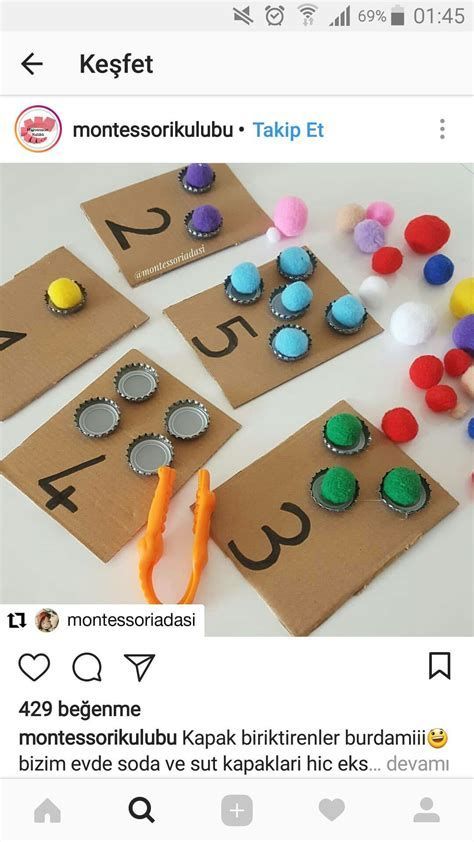
Simon Says
Not only, one of the best games for teaching listening and following directions skills, but also fun for all ages. You know how it goes, right? Someone gets to be "Simon" and gives directions to the other players. Let your child use their imagination and creativity; they could also be "Spiderman" or "Batman." How about "Anna" or "Elsa"? Maybe they want to dress up and get into character.
Next, they have to listen to see if they are supposed to follow the instruction. For example, when "Simon says…" before the direction, the child follows the direction. However, if they give an instruction without saying, "Simon says…" first, then the child does not follow the direction. If you do, then you are out!
Remember to keep the directions age-appropriate. Start slowly and be sure they understand the instructions. For younger children, you may want to give visual cues. For instance, if you say "turn around," then physically turn around.
Loud Or Soft?
Here is another easy game to fine-tune your child's listening skills.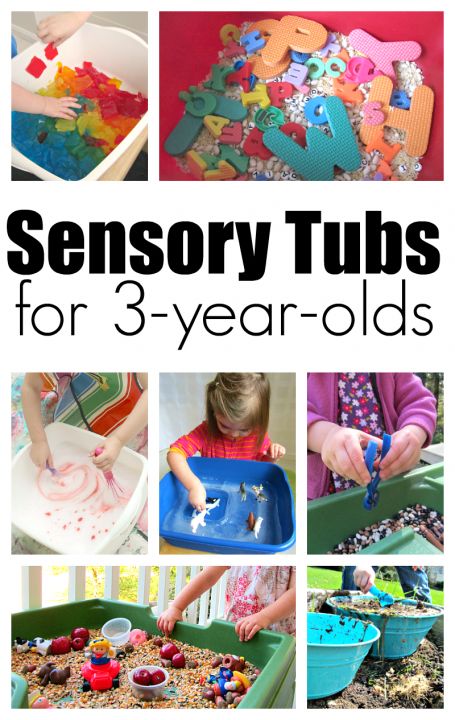 It requires them to focus and to understand loud versus quiet sounds. Which is helpful for down the road when you are asking them to use "soft voices." Start by making loud or soft sounds with various items, like loudly banging two blocks together. Then ask the child if the noise was loud or soft?
It requires them to focus and to understand loud versus quiet sounds. Which is helpful for down the road when you are asking them to use "soft voices." Start by making loud or soft sounds with various items, like loudly banging two blocks together. Then ask the child if the noise was loud or soft?
In another version, you can have all the kids make noise, such as stomping their feet. First, have them do it loudly, and then the leader says, "soft," and they stomp quietly.
Social-Emotional Activities For Preschoolers
As your preschoolers' skills increase, their social and emotional learning skills will become more complex. At this stage, they enjoy playing with other children, rather than alone. They are more creative and like to pretend, so now is a great time to add dress-up clothes and props for more imaginative play. Also, they want to try new things, so be creative and use your imagination when planning your social-emotional learning activities for preschoolers.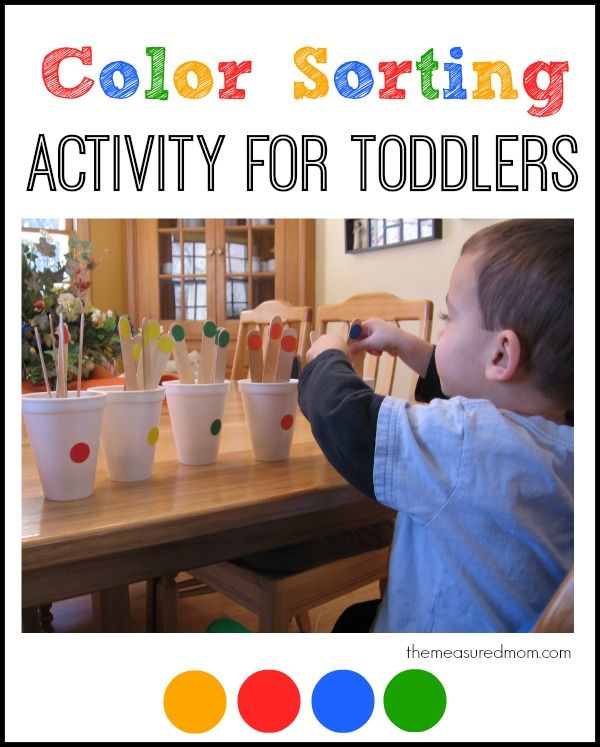
What Sound?
This one can be a lot of fun to watch children express different sounds. First, have children sit back to back. One at a time, have them make a sound (like an animal sound) and see if the other person can guess the sound. Then switch.
Follow The Rhythm
Create a pattern of sounds using musical instruments like drums or even pots and pans with wooden spoons. For instance, you bang on the drum three times. Then have your child repeat what you did. As the child increases their proficiency, you can make rhythm patterns more complicated.
Listening Activity With Blocks
Here is an easy and fun activity for one or more preschoolers, to reinforce active listening. Start with a large container of magnetic tiles in a variety of colors. Ask the first child to add "a blue block to the tower." Next, ask the second child to "add two green blocks to the tower." Continue until you run out of blocks. You can increase the difficulty if the children seem to be listening well by adding more complex instructions.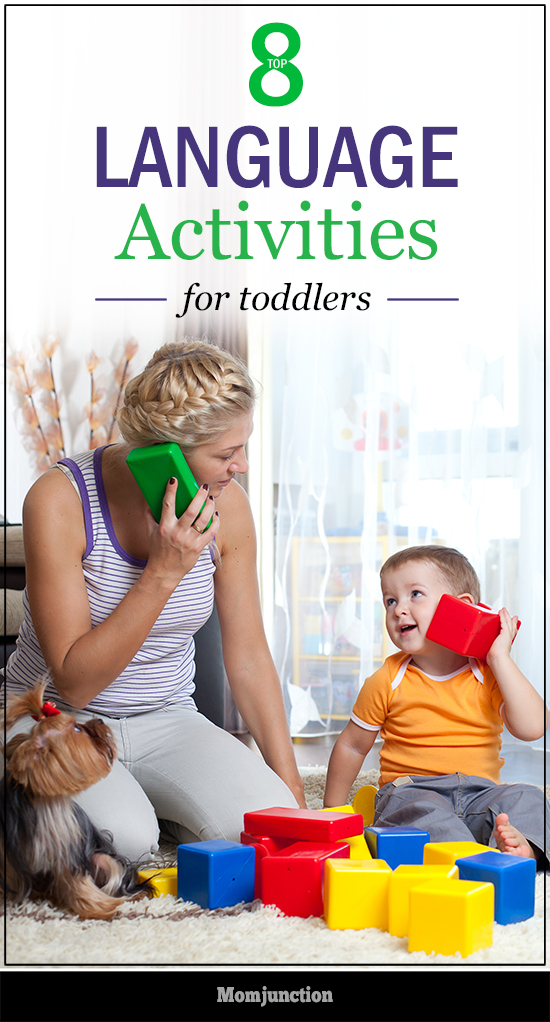 For example, "add one red block, one blue block, and two green blocks."
For example, "add one red block, one blue block, and two green blocks."
Obstacle Courses
Kids love them! Not only do kids reinforce their listening and following direction skills, but they build gross motor skills too! It is important to start small. Depending on your child's age and ability, begin with 3-5 obstacles or tasks.
Here are some ways to focus on listening and following direction skills.
- Give them the exact directions on how to move through the obstacle course. For instance, if you use giant building blocks, tell them whether to go over, around, or knock them down.
- Try incorporating a station where they have to stop and listen for the directions like "Simon says..." Once the task is completed, they can continue.
- What about including a magnetic blocks station where they must build a pyramid.
Games To Enhance Social And Emotional Skills
Playing games offers many benefits. They encourage early learning, paying attention, and increase language development.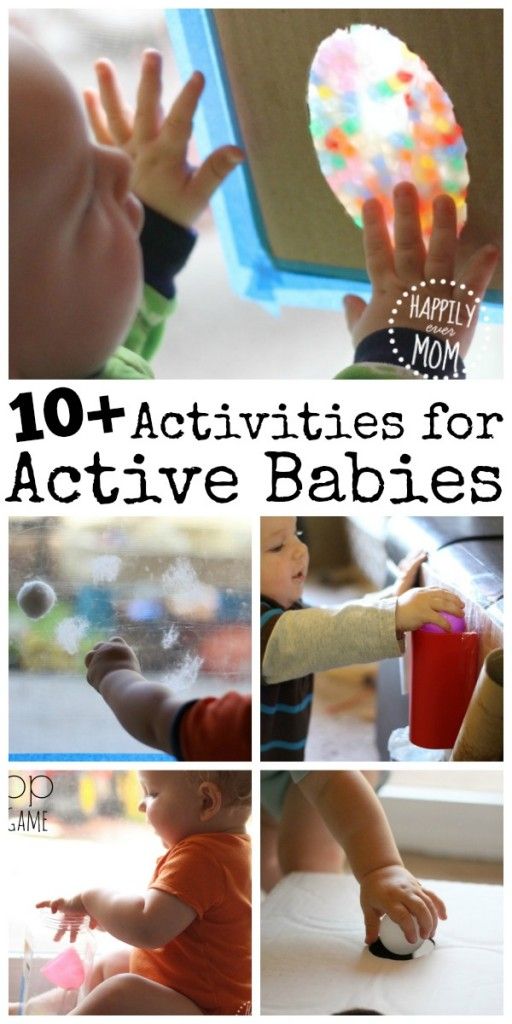 They provide opportunities to connect, to step away from our screens, and teach the value of teamwork. Most importantly, they focus on having fun.
They provide opportunities to connect, to step away from our screens, and teach the value of teamwork. Most importantly, they focus on having fun.
Red Light, Green Light For Preschoolers
A classic childhood game for preschoolers, with a twist. Once your child understands red means stop and green means go, you can increase the complexity by adding additional "light" colors. For example, "yellow light" for clapping, "blue light" for turning around, and "orange light" for jumping in place.
Or reverse the colors with "red light," meaning go and "green light," meaning stop. These simple variations force them to listen more carefully.
Mother May I?
Another childhood classic that requires following directions. One kid is the "mother" and stands far away, facing the line of children. "Mother" then chooses one child at a time and gives them a direction. Typically, these directions follow a standard, such as "Luke may take three giant steps forward" or "Hannah, you may take four baby steps forward.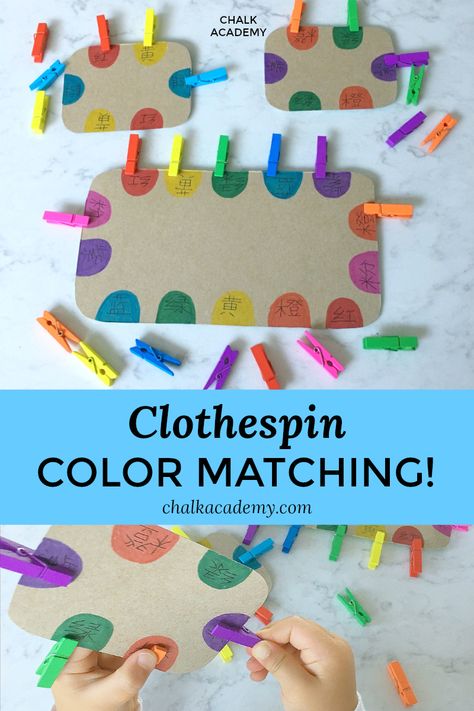 " The child then asks, "Mother may I?" and "mother" replies yes or no. If the child forgets to answer, "Mother, may I?" then they have to go back to the beginning. The first child to get to "mother" wins.
" The child then asks, "Mother may I?" and "mother" replies yes or no. If the child forgets to answer, "Mother, may I?" then they have to go back to the beginning. The first child to get to "mother" wins.
Simon Says (try a twist of "Listen To What I Say And Not What I Do")
You know how it goes, right? Someone gets to be "Simon" and gives directions to the other players. For preschoolers, you can add complexity by providing more than one-step instructions. For example, try "jump two times, clap your hands, and turn around."
Remember if they give an instruction without saying, "Simon says…" first, then the child does not follow the direction. If they do, then they are out!
Here is a fun twist on the game for older preschoolers. This version "Listen To What I Say And Not What I Do" requires kids to focus their listening and NOT uses visual cues. For instance, "Simon says...,: "run in place," but he is jumping in place. Then the correct action is to "run in place."
Here are a few fun commands to get the game started.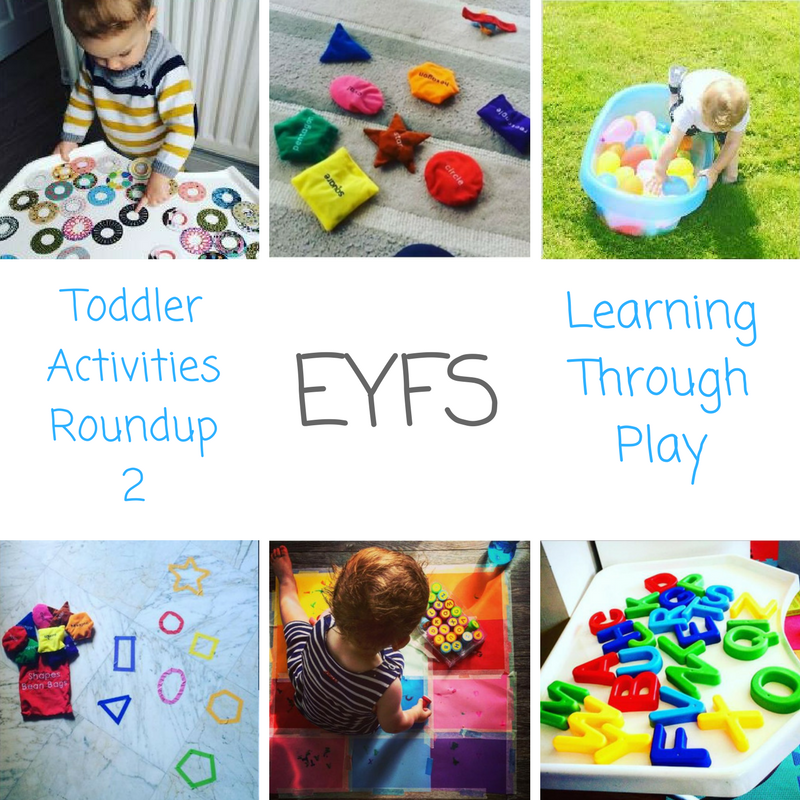 "Simon says…"
"Simon says…"
- Play air guitar
- Waddle like a penguin
- Act like a monkey
- Bark like a dog
- Meow like a cat
- Start singing
- Start dancing
- Cry like a baby
- Pretend to climb a ladder
- Walk backward
Build It! (a variation on the "Teacher Says" game)
In this version, you play with blocks.
- Gather a bunch of wooden building blocks as props and place them in the middle of the room.
- Choose one child to be the "builder" and explain the game.
- Next, you are the "contractor" to model how the game is played. Continue in this mode until the kids fully understand how to play the game. Then one of the kids can be the "contractor."
- Finally, give the "builder" a set of 2-4 directions, such as "line up two wooden square blocks, add one rectangle block on top, and one triangle block to the top." As you play, show useful listening methods, like making eye contact with the speaker, repeating the directions, waiting for all the instructions before starting, and creating a picture in your mind.

"Please" And "Thank You" Game
This game is a fun way to practice table manners before a special dinner like Christmas or Thanksgiving. Create make-believe food dishes to pass. Have your kids draw pictures of various dishes, such as mashed potatoes, broccoli, or pie on the plates. Also, you could simply cut them out of magazines or print them from the internet. Then glue the pictures to paper plates for passing.
Here is how to play:
- Start with the first "dish."
- Have the child name the food. Ask if they like it?
- If they do not like it, have them say, "No, thank you." If they do, "Yes, please!"
- Afterward, they pass the plate to the next child, asking, "Would you like some________?
- The child can then respond with a "No, thank you" or a "Yes, please."
- Continue until you have passed all the "dishes."
Music and Dance Activities
Dance and music are not just fun for toddlers and preschoolers, but they are beneficial too! Music cultivates communication and allows kids to express themselves.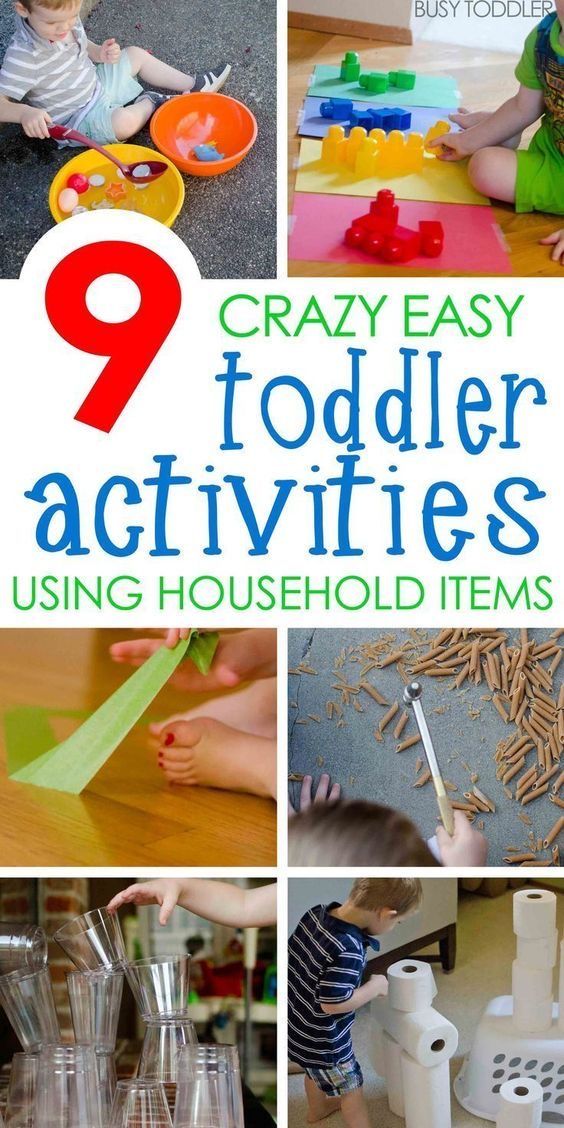 Furthermore, it contributes to imagination and creativity.
Furthermore, it contributes to imagination and creativity.
Let's Have A Dance Party!
This one starts with some music. Next, either an adult or a child may be the "dance leader." The "leader" starts dancing, and everyone must follow the moves exactly. Make it fun and silly! After about 30 seconds, but no more than a minute, the "leader" calls out another child's name, and they become the next "dance leader." Continue changing places until everyone has had a chance to be the "dance leader." Beware if you are caught not making the moves exactly, you will have to take a seat.
Freeze Dance
Kids love nothing more than music and dancing! This one is simple and fun. Play some music, and the kids start dancing, once the music stops, they "freeze." You can also add some variations like having them dance to the beat of the music, for instance, dancing slow motion to slow music and dancing fast to fast beat music. Or reverse it, dancing slowly to fast music and fast to slow music.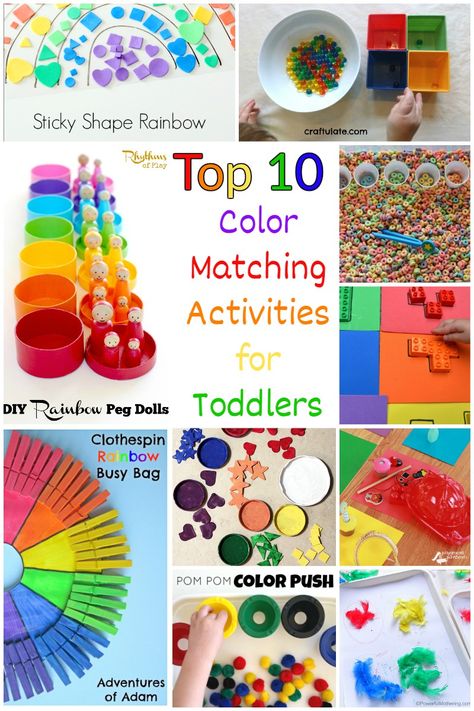
Easy social activities for toddlers and preschoolers are a fun way to help children learn how to listen, follow directions, and use good manners. For more development activities, check out our "Simple Block Activities For Toddlers And Preschoolers" post.
Check back soon for an upcoming post on more social-emotional activities for preschoolers and toddlers, focused on exploring their feelings, cooperation, and how to make and keep friends. Until then, we hope you enjoy your time together playing and practicing.
7 Activities that Teach Toddlers Social Skills
It’s never too early to start teaching your children social skills. As your little one grows, they need to be able to express their thoughts and emotions with confidence, while showing respect and empathy for friends and others in their world.
Because play is the primary way children receive and process information, games that introduce and model social concepts are wonderful ways to introduce social skills and cues.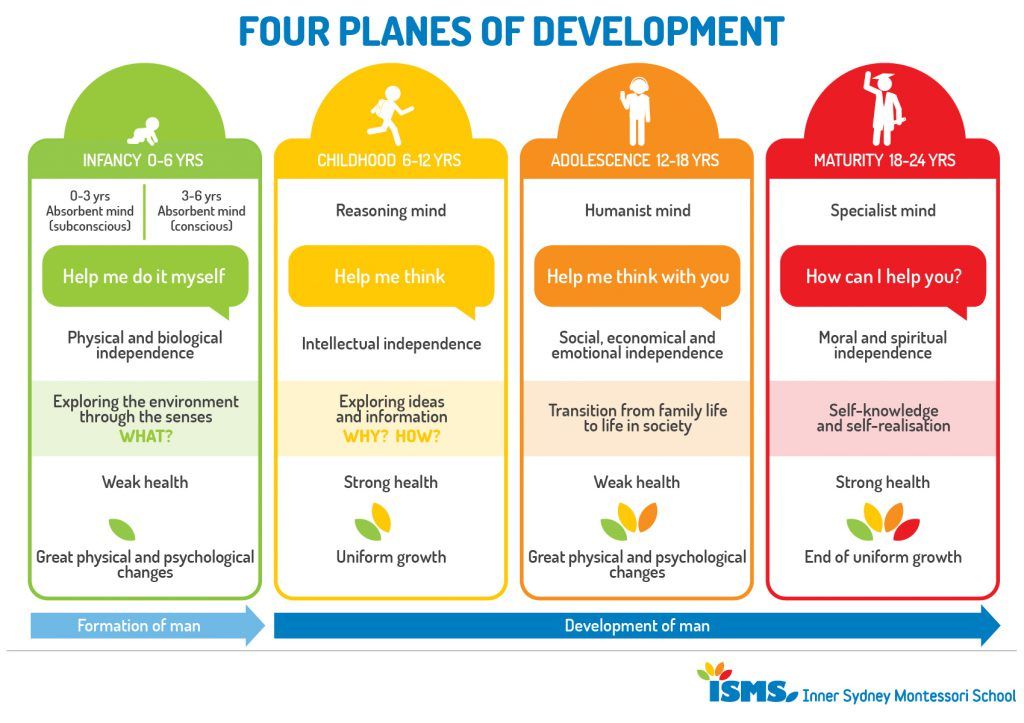 This kind of play doesn’t just teach good manners, it encourages emotional intelligence in children of every developmental stage.
This kind of play doesn’t just teach good manners, it encourages emotional intelligence in children of every developmental stage.
Here are 7 fun activities that help toddlers + preschoolers develop their social skills.
Game: My Turn
Best for: Toddlers aged 12-24 months
Social-emotional skills + concepts: Sharing, along with saying “Please” and “Thank you”
Materials needed: Any household object your child likes—a toy or blanket, or something “grown-up” your child likes to hold, like your phone or the remote.
Process: Say to your child “My turn please” with your hand placed out in front, ready to receive the object. Gently guide your child’s hand to place the object into your hand, providing positive praise and a “Thank you” as soon as they do. Then, say “Your turn” and hand them back the object. Practice it a few times. This can be done throughout the day with any item.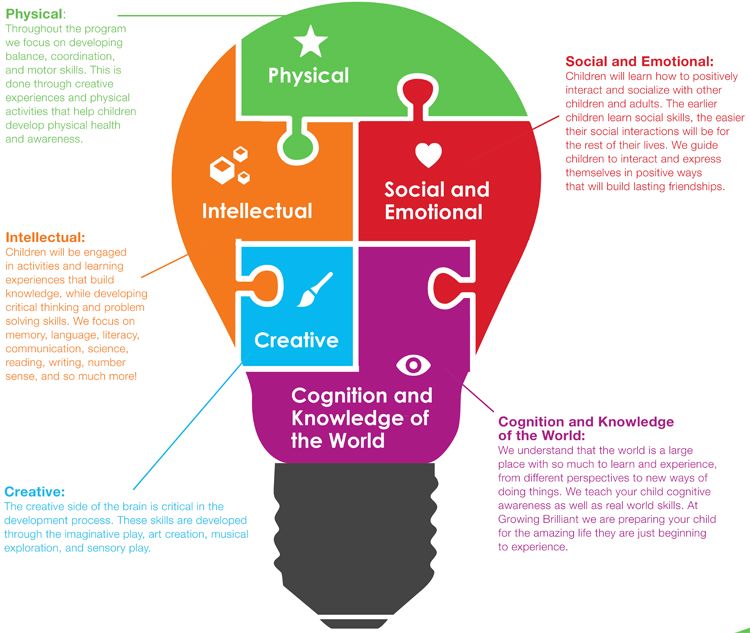 Don’t forget to always say “Please” and “Thank you.”
Don’t forget to always say “Please” and “Thank you.”
There are a lot of fun activities to do with your child to build on social skills. As they continue to grow, their social skills will grow as well. Add social-emotional play into their daily routines and have fun with it!
Game: Mimic Emotions
Best for: Ages 12 months+
Social-emotional skills + concepts: Recognizing and naming different types of emotions, as well as empathy.
Process: Cover your face with your palms; remove your hands from your face, and make a face that expresses an emotion: happiness, sadness, confusion, worry, anger. Encourage your child to mimic the emotions you are making. Make sure to describe the emotion to help build their vocabulary words.
As your child gets older, you can show them how to offer comfort when the emotion is not happy. For example, when you show your child a sad face, guide them into giving you a hug, and saying, “everything will be okay.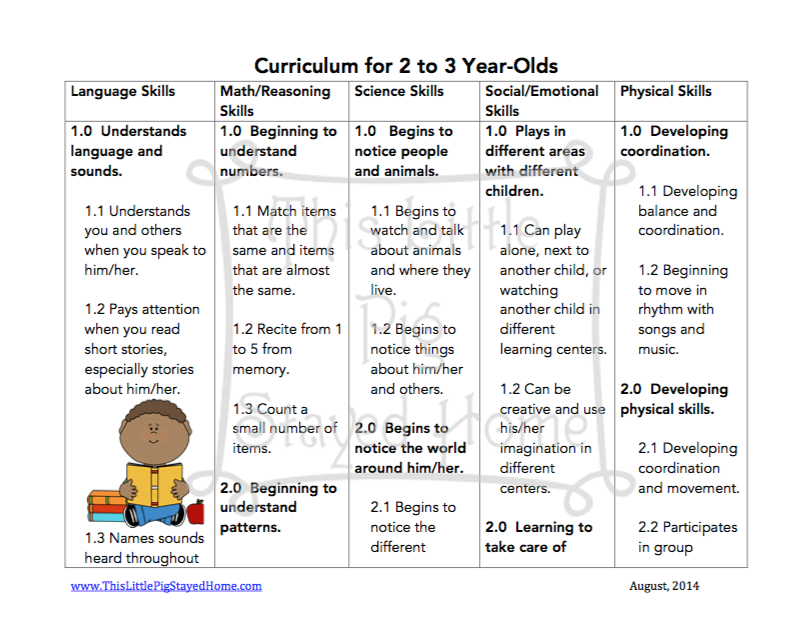 ” Make sure to provide the same empathy when your child is expressing those feelings themselves.
” Make sure to provide the same empathy when your child is expressing those feelings themselves.
Game: Feelings Hop
Best for: Age 2+
Social-emotional skills + concepts: Identifying what feelings look like, what causes certain feelings and even what to do about them.
Materials needed: Create large print outs of faces making different emotions and tape them to the floor.
Process: Call out a feeling—”frustration!” or “joy!”—and encourage your child to hop to the face that shows that feeling. Once they are standing on the feeling card, encourage them to make the face, and explain why a person might feel that way: “Sometimes we get frustrated when we have to wait.” Take the game to the next level by asking the child how they can help a friend who may be feeling this emotion. Play until all feelings are identified.
Game: Working Together
Best for: Age 2+
Social-emotional skills + concepts: Turn-taking and patience, as well as working together.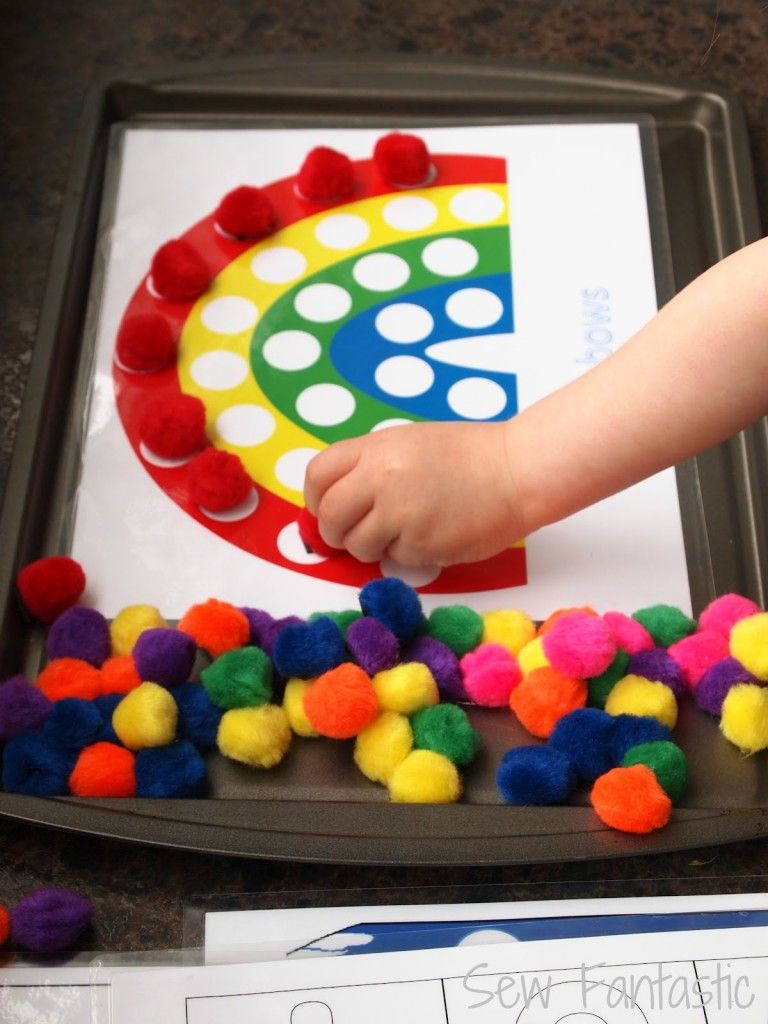 In addition, this game helps with identifying colors and shapes.
In addition, this game helps with identifying colors and shapes.
Materials needed: A set of blocks and a set of index cards with images that match the colors and the shapes of the blocks.
Process: You and your child take turns drawing a card and finding the matching block. Then, work together to build a tower based on the cards that are drawn. See how high the tower can go. If it falls over, it’s okay—just try again!
Game: Listening Course
Best for: Age 2.5+
Social-emotional skills + concepts: Listening skills.
Materials needed: Pillows, stuffed animals, hula-hoops and other toys and items from around the house that you can use to set up an obstacle course.
Process: Encourage your child to listen to your directions as they move through an obstacle course or maze you both create. For example, you can say: “Jump into the hula-hoop and then step out of the hula-hoop, turn right and step over the teddy bear.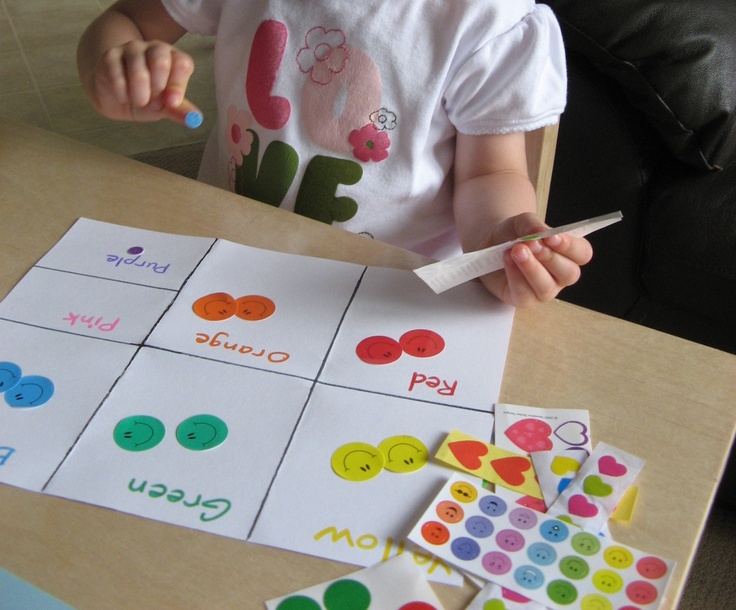 ” Change up the obstacle course to enhance listening skills.
” Change up the obstacle course to enhance listening skills.
Game: Animal Play
Best for: Age 2.5+
Social-emotional skills + concepts: Turn-taking, listening and manners.
Materials needed: Your child’s favorite stuffed animals or toys
Process: Playing with stuffies may not be your favorite game with your little one—in fact many parents of toddlers and preschoolers come to dread “stuffie time.” But stuffed animal play is a great opportunity to model manners, friendship and the natural back-and-forth of conversation for your child.
Ask a question (such as, “What do you think is the best season, and why?”) and let every stuffed animal in the circle offer their answer. Or let a stuffed animal “introduce” your child to all the other stuffed animals in the circle, demonstrating how to make sure everyone feels included.
You can also introduce the idea of finding solutions for problems through stuffed animal play: Perhaps one stuffed animal is always interrupting others when they try to speak.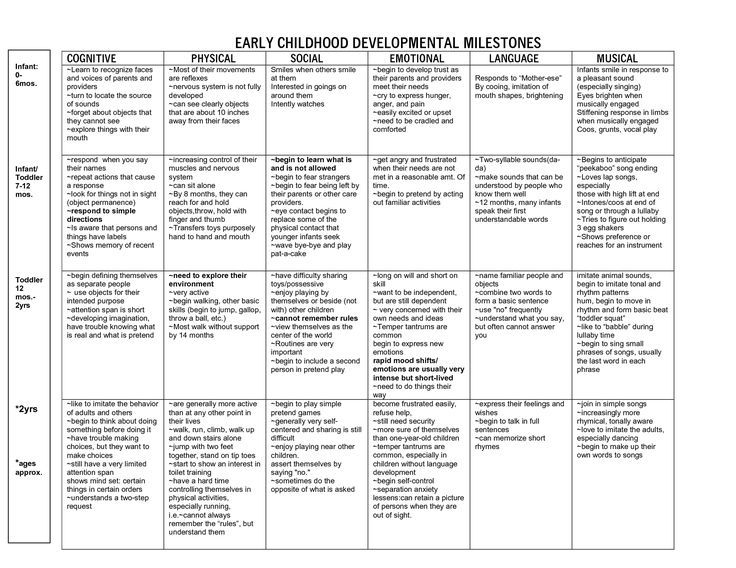 How can the other stuffies express their feelings about being interrupted, and how can the animal work on improving their conversation skills so everyone gets a turn?
How can the other stuffies express their feelings about being interrupted, and how can the animal work on improving their conversation skills so everyone gets a turn?
Naming and acting on emotions is another way to use “stuffie time” to teach social skills. What should the cow (or the bunny, or the turtle or bear) do when they feel angry? Allow the stuffed animals to provide solutions to help your child learn how to appropriately express their wants and needs.
Game: Silly Conversations
Best for: Age 3+
Social-emotional skills + concepts: Listening and engaging in conversations
Process: Give your child the opportunity to pick a silly or imaginative topic of conversation and to ask questions—and no matter how wild the question, both of you get to come up with an answer. If they need help, start the conversation with a question like, “Would you rather fly like a bird or swim like a fish?” Then encourage them to verbalize their answer.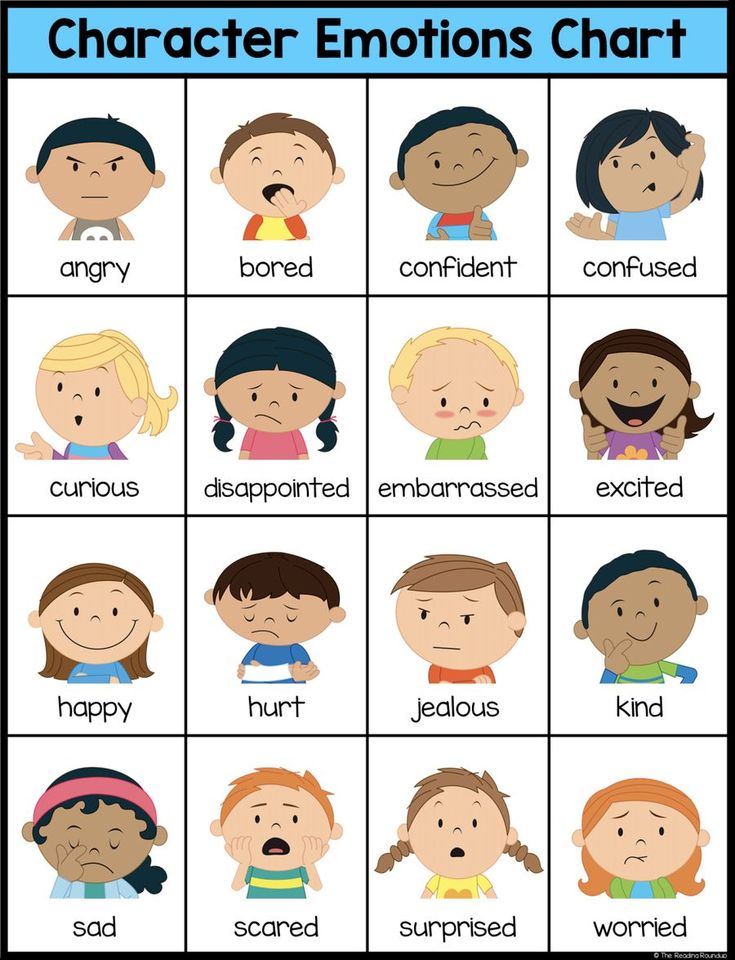 Allow them to be silly while still engaging with the question.
Allow them to be silly while still engaging with the question.
You can demonstrate how to continue a conversation by adding “also” statements such as, “I would also have long blue wings to fly.” This keeps the conversation open-ended while encouraging further exploration of the subject.
There are a lot of fun activities to do with your child to build on social skills. As they continue to grow, their social skills will grow as well. Add social-emotional play into their daily routines and have fun with it!
Educational activities for children 2–3 years old
At the age of two or three years, a child actively explores the world around him, learns to talk and communicate with adults and peers. During this period, his personality begins to form. Therefore, parents need to pay special attention to the development of speech, thinking, social skills.
Contents of the article:
- Classes for the development of logical and mathematical thinking
- Lessons for the development of speech
- Gross and fine motor activities
- Classes on the study of the properties of objects
- Getting to know the outside world
- Output
Classes for the development of logical and mathematical thinking
The thinking of two and three year olds is clearly effective.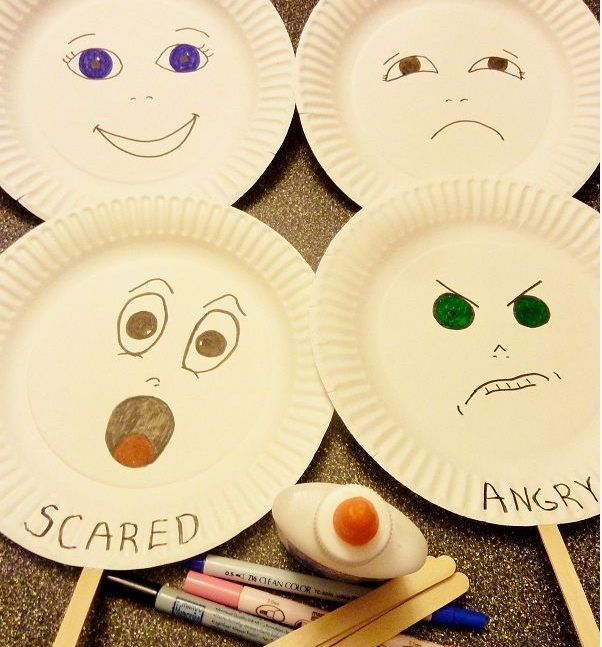 The ability to think logically implies the ability to analyze, compare and generalize. You can develop logic and teach your little one basic math skills with the help of the following exercises. nine0003
The ability to think logically implies the ability to analyze, compare and generalize. You can develop logic and teach your little one basic math skills with the help of the following exercises. nine0003
✅Comparison
Take a handful of buttons or other small items and divide them into two unequal piles. The child must determine which pile has a lot of buttons, and which has few. If he does not see the difference between the concepts of "a lot and a little", explain to him what it is.
The second variation of this exercise is the value comparison. Take several objects or toys of different sizes. Ask the baby to show where the small objects are and where the large ones are.
✅Score
Children at the age of two or three are not yet familiar with numbers. It is better to master the counting skill on surrounding objects or on the fingers. Teach your child to show his age on his fingers, tell him how old he will be in a year, two, three.
It is convenient to use counting sticks or any other items for counting. Climbing the stairs with your child, count the steps, passing houses - windows, walking along the alley - trees or lampposts.
Climbing the stairs with your child, count the steps, passing houses - windows, walking along the alley - trees or lampposts.
✅ Hidden Object
Hide the toy in the room and ask your baby to find it. Help him by suggesting places to search - under the sofa, behind the armchair, in the closet, etc. Then you can switch roles - the child hides the toy, and you are looking for it. nine0003
Speech development classes
Between the ages of two and three, children experience a significant leap in speech development. Their vocabulary is replenished very quickly. Having become acquainted with a new word, children bring it into their vocabulary and begin to actively use it. Simple exercises will help develop speech skills.
✅Reading
The best way to develop speech is reading. Buy picture books for 2-3 year olds. Choose poems, fairy tales, nursery rhymes. It is useful for a child to listen to both prose and poetry. nine0003
When reading a fairy tale, ask your child questions about the plot.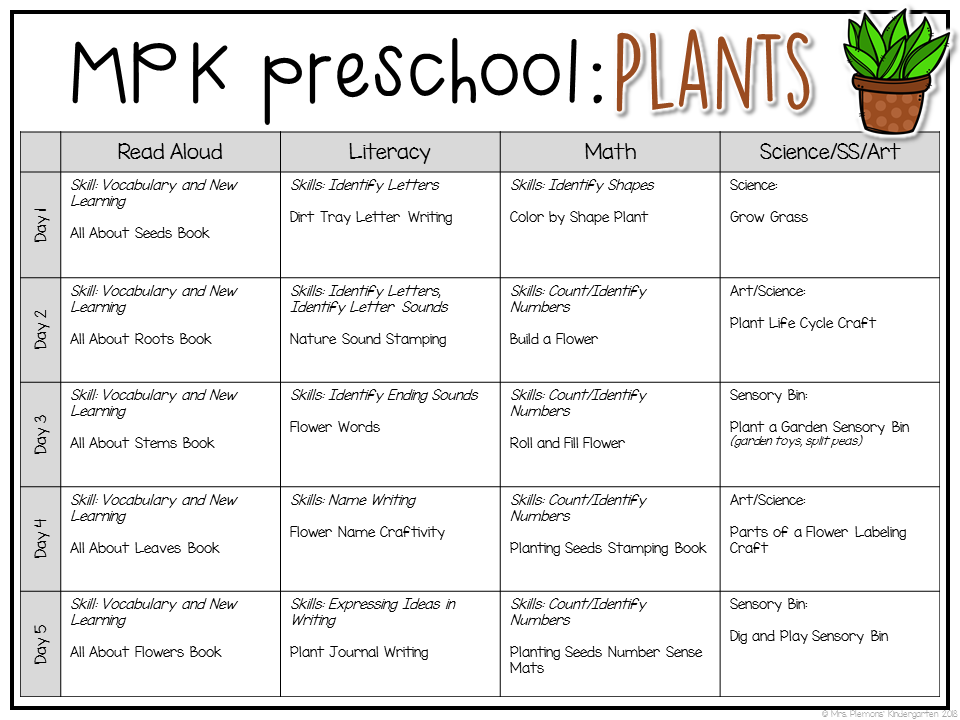 If he finds it difficult to answer, help him. Explain the meaning of each unknown word. Look at the illustrations in the book and discuss with your child.
If he finds it difficult to answer, help him. Explain the meaning of each unknown word. Look at the illustrations in the book and discuss with your child.
✅Singing
This fun activity encourages speech development and voice training. Sing with your baby children's songs with and without musical accompaniment. Children quickly memorize rhyming lines and a motive, and sing along with adults with pleasure.
✅Composing proposals
Think of the beginning of a sentence and ask your child to continue it. For example, "Mom bought today in the store ..." or "Black runs down the street ...".
✅ Discuss the events of the day
Discuss the events with your child every day. For example, “You and I went to the park today and fed the ducks in the pond. And in the evening, my grandmother came to visit and brought a delicious pie, ”etc. If the baby goes to kindergarten, ask him to tell you how the day went, what he did, what interesting things happened.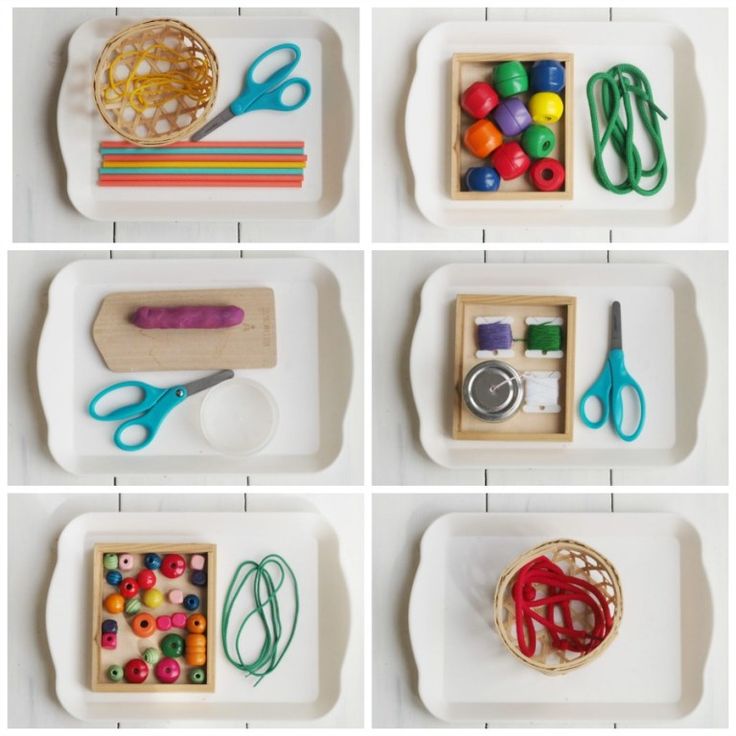 nine0003
nine0003
✅Describing objects
Take an object and ask the child to describe it, asking leading questions (What color is it? Is it big or small? What does it look like? What is it for? etc.).
At the age of 2–3, children still do not pronounce words well, many of them abbreviate and distort. Be sure to correct your child when they speak incorrectly. Of course, he still does not know how to pronounce all the sounds, so a clear pronunciation will not work. But still, try to teach the baby to speak as correctly as possible. nine0003
Classes for the development of attention
At such an early age, attention is involuntary. This means that the child does not yet know how to concentrate it by willpower. His attention is attracted by what is of interest (a bright toy, the sound of music, people around him). Attention, like other mental processes, can and should be developed.
✅Search for an object
Take a picture with a story and ask the child to find a certain object or character in it.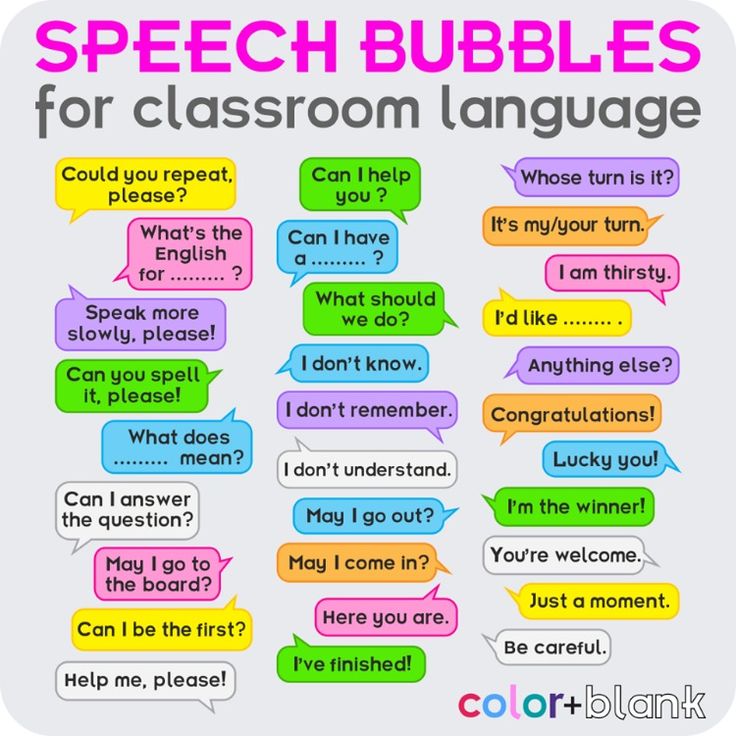 The same exercise can be performed outdoors. Ask the baby to show a flower, a red car, a cat, a girl in a green jacket, etc.
The same exercise can be performed outdoors. Ask the baby to show a flower, a red car, a cat, a girl in a green jacket, etc.
✅Similar Detection
Take an object, such as a book, and ask the baby to look around the room for things similar in shape to her. It can be a phone, a tablet, a picture on the wall. You can search for objects that are similar not in shape, but in color, size and other features.
✅Finding the Missing Item
Take some toys, arrange them on the table and ask your child to look at them carefully and memorize them. Then he should turn away or leave the room, and at this time you remove one toy. The task of the child is to determine which toy has disappeared. nine0003
Classes for the development of gross and fine motor skills
Finger motor skills are directly related to cognitive processes - speech, memory, thinking. Therefore, it needs to be developed. There are many exercises for this.
✅ Games with small objects
Invite your child to sort the buttons by size, string large beads on a string, roll the balls in his hands.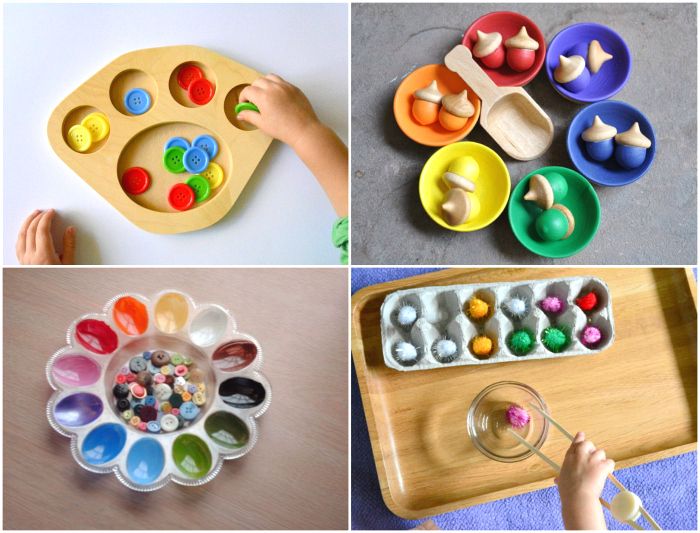 Be careful not to put a small object in your mouth, nose, or ear.
Be careful not to put a small object in your mouth, nose, or ear.
✅Construction set and jigsaw puzzle
Buy your child a construction kit or jigsaw puzzle for kids and build with him. This exciting activity strengthens the small muscles of the hand, makes the fingers more dexterous, trains attention and imagination.
✅Sculpting
Sculpt with your child various figures from clay, plasticine or salt dough. To make the lesson more interesting and exciting, read a fairy tale or watch a cartoon, and then try to make a character you like. nine0003
✅Finger games
Not only babies love to play finger games. Toddlers aged two or three love them too. Teach your baby to fold fingers into different shapes:
- fold your thumb and forefinger into a ring and bring it to your eyes - you get glasses, and if you use all your fingers - binoculars;
- clench the hand into a fist and stick out the index finger and little finger - these are the horns of a goat;
- "Step" with your index and middle fingers on the table, representing the legs.
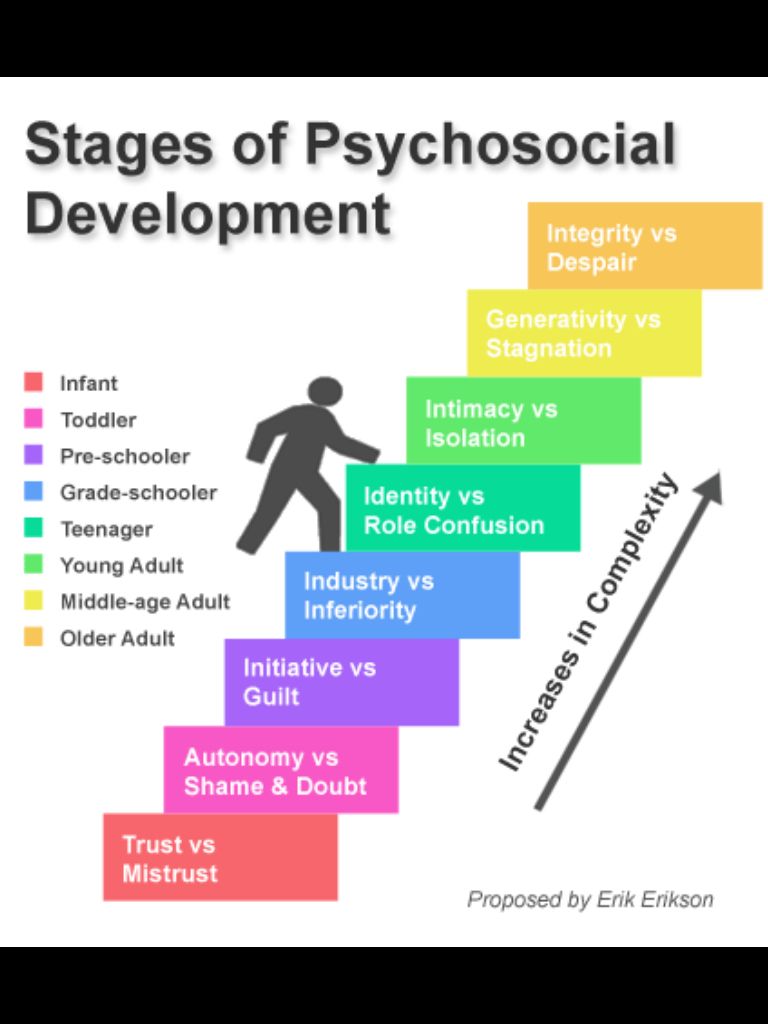 nine0012
nine0012
Invite your child to show their imagination by inventing and putting together unusual shapes from their fingers.
Gross motor skills are developed by ball games, cycling, jumping, wall bars and any physical activity. Teach your child to fasten and unfasten buttons, Velcro, hooks on clothes, put on and take off things on their own.
Classes for the development of intellectual abilities
Reading, music, creative work, solving logical and mathematical problems contribute to the development of the baby's intellect. nine0003
✅Drawing
Invite your child to draw a house, himself, mother. Set a theme for the picture, tell the child what details can be added to it. For example, a house can be surrounded by trees, the sun and clouds can be depicted in the sky.
✅ Role-playing games
Make up a story, choose the right toys and play it out with your baby. For example, a doll is sick: you need to put her to bed, take her temperature, give her medicine in a spoon.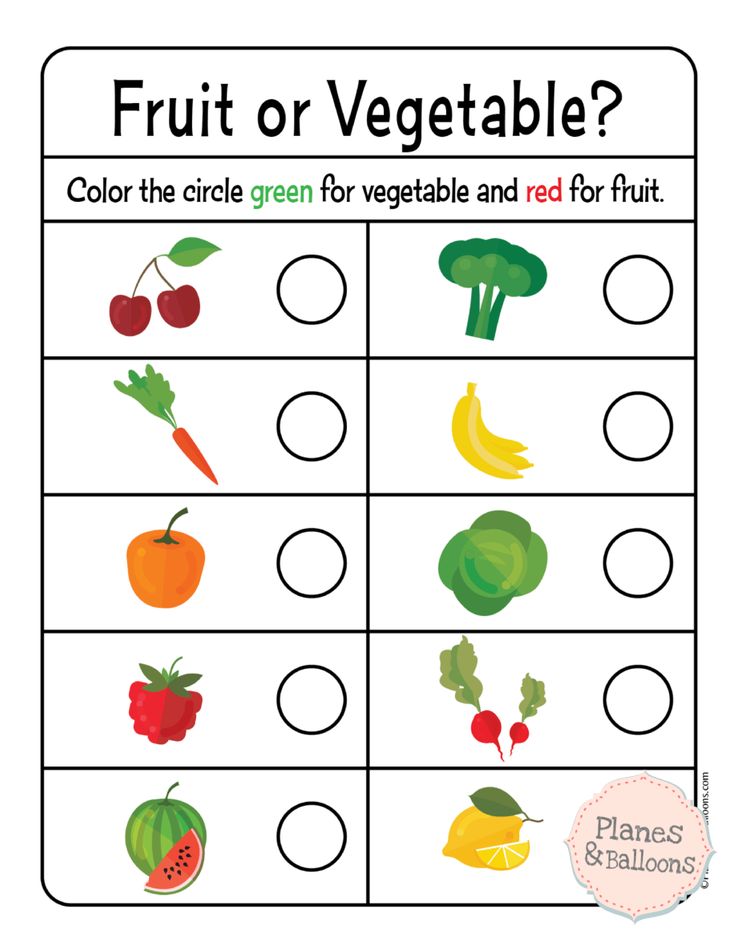
✅Music
Listening to classical music has a positive effect on the mental development of children, and also brings up a sense of beauty in them. It is useful not only to listen to music, but also to dance to it. This has a positive effect on both mental and physical development.
✅Puzzles
Collecting puzzles trains attention, thinking, memory. Buy your child large puzzles with a small amount of detail and a clear image. First collect them together with the baby, and then invite him to do it on his own. nine0003
✅Sorting items
Shuffle the cards with different items and ask the child to sort them into categories, eg vegetables, fruits, clothes, furniture.
✅Riddles
Riddles are good for training the intellect. The main thing is to select tasks that are age-appropriate and understandable to the child.
✅Sunny bunny
On a clear day you can play with sun bunnies. Take a mirror and start letting bunnies on the ceiling, floor, walls.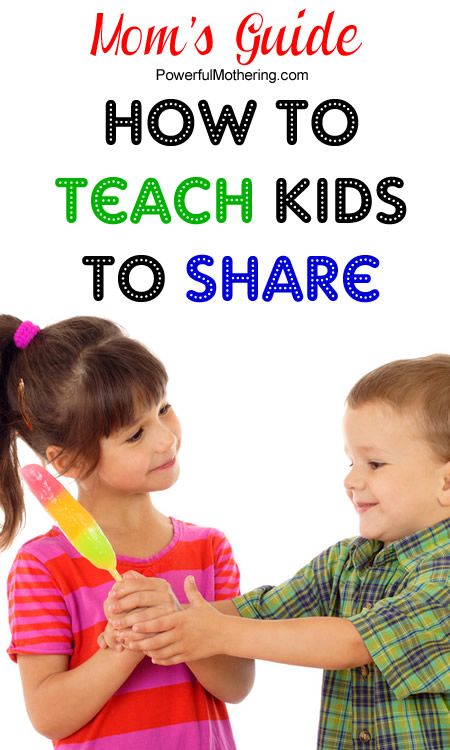 Then give the mirror to the child and let him try it himself. Coordinate his movements, suggesting how to catch a ray of the sun and direct it in the right direction. nine0003
Then give the mirror to the child and let him try it himself. Coordinate his movements, suggesting how to catch a ray of the sun and direct it in the right direction. nine0003
Classes to study the properties of objects
Learning the properties of various objects develops the thinking of the baby, helping him to understand how and for what this or that thing can be used.
Teach your child to compare objects according to the following criteria:
- size - big, small, tall, low, long, short;
- state - hard, soft, liquid, warm, cold;
- shape - round, square, rectangular, etc.; nine0012
- color.
Anything can be used as a "learning tool".
- Pour cold water into one glass and warm tea into another and ask your child how they differ (color, temperature, taste).
- Sew a few fabric bags (you can use old socks) and fill them with sand, beans, small stones, balls, etc.
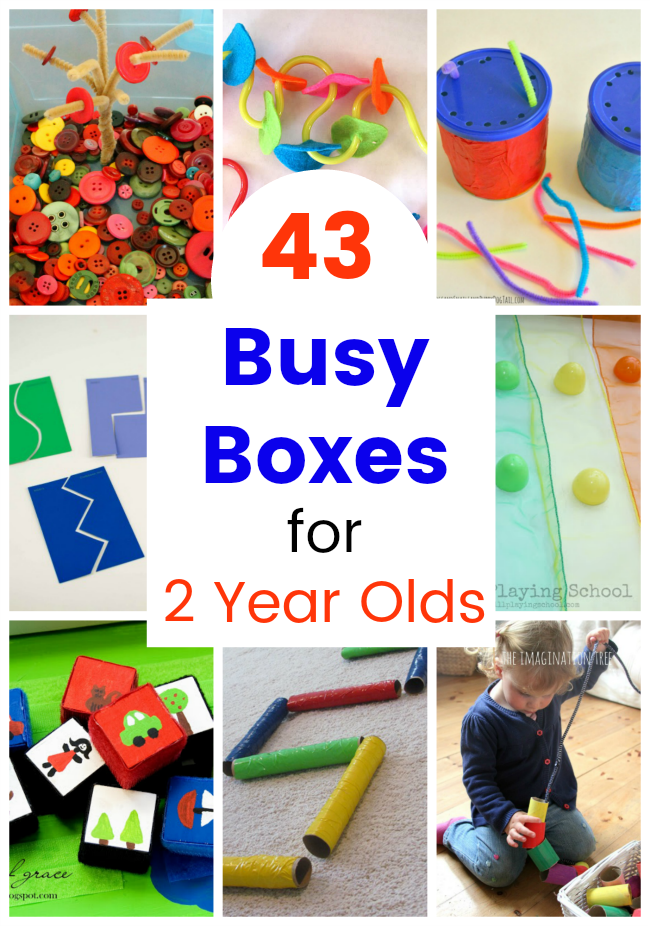 Let the child try to feel what is in each bag. nine0117 Buy a sorter - a special container with slots in the form of different geometric shapes and a set of matching inserts. The task of the child is to choose the right figure for each hole.
Let the child try to feel what is in each bag. nine0117 Buy a sorter - a special container with slots in the form of different geometric shapes and a set of matching inserts. The task of the child is to choose the right figure for each hole. - Invite the baby to feel different materials - leather, fur, silicone, wood. Let him tell you how they differ (fluffy fur, smooth skin, etc.).
Getting to know the outside world
The scope for exploring the outside world is very wide:
- Animals. Tell your child which animals are domestic and which are wild, in what conditions they live, what their cubs are called. If you have the opportunity to visit the zoo, be sure to do it.
- Plants. On a walk, pay your baby's attention to the trees, flowers, shrubs growing around. Tell us what they are called, which ones are fruit. Collect the leaves and look at them with your baby.
- Natural phenomena.
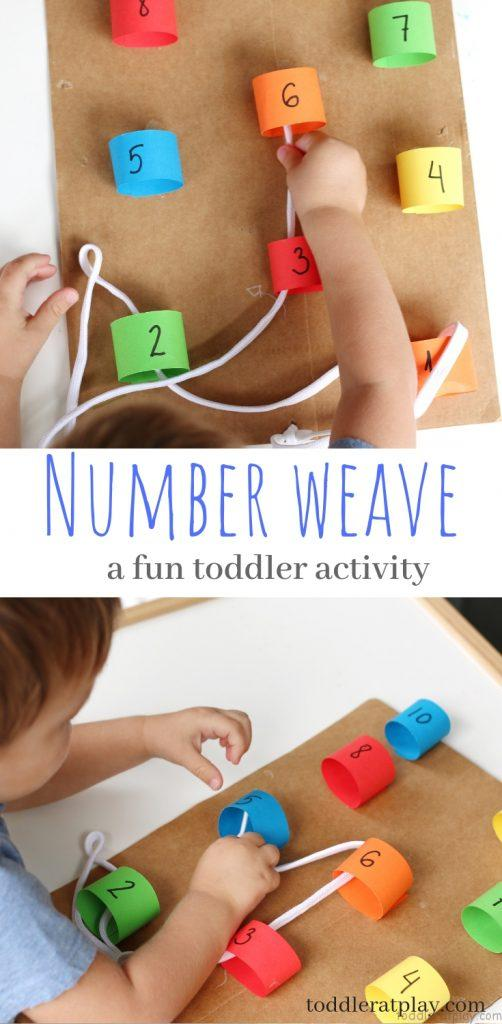 Tell your child about different natural phenomena, the change of seasons and the weather. By the age of three, the baby should already know the name of the seasons and their main features. nine0012
Tell your child about different natural phenomena, the change of seasons and the weather. By the age of three, the baby should already know the name of the seasons and their main features. nine0012 - Materials. Tell your child about the materials from which various things are made (wood, metals, fabrics, paper, plastic).
At the age of two or three years, learning takes place in the form of a game. The main thing is to interest the child, and then he will be happy to study. Try to spend as much time as possible with the baby, do not dismiss his questions, but always answer them.
Invite the baby to help with the housework, give him small tasks (bring bread to the table, pour food for the cat, put away toys). Daily activities contribute to the development of independence and discipline. nine0003
Withdrawal
Child development centers and kindergartens "Baby Club" conduct classes for children of younger and older preschool age. Experienced teachers will help to reveal the abilities of your baby and teach him useful skills.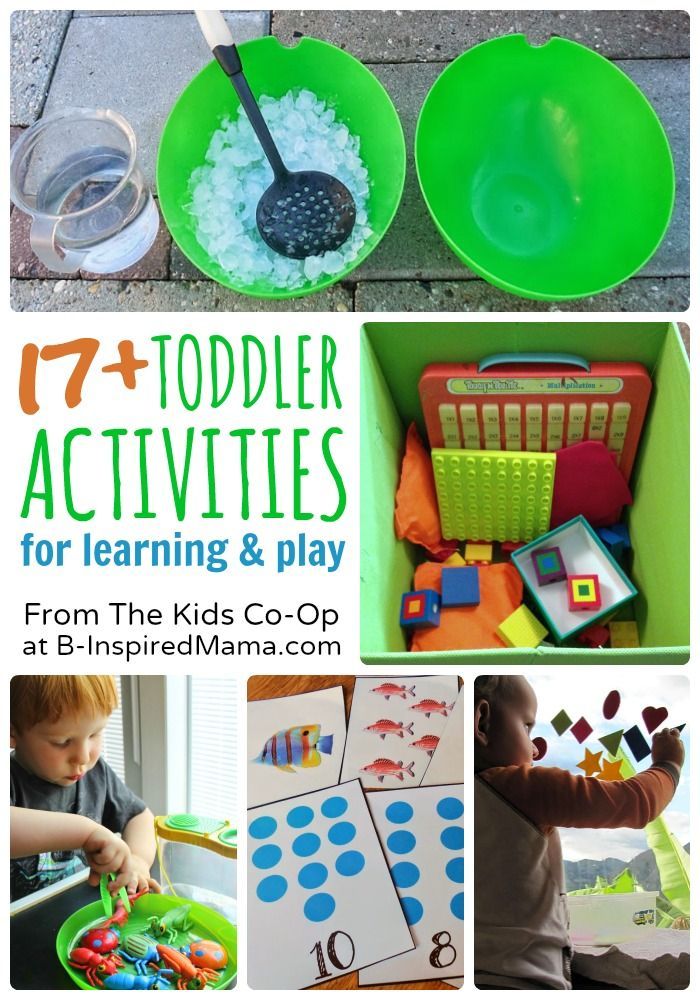 We have general and individual development programs. Sign up for a consultation and come to a trial lesson. We look forward to seeing you and your child!
We have general and individual development programs. Sign up for a consultation and come to a trial lesson. We look forward to seeing you and your child!
How to choose developmental classes for your baby
In almost every district of Moscow there are many children's development centers for every taste and budget: "English from the cradle", "School of early development", "Ballet from two years old" and so on. Parents often get lost in this variety and do not understand how to choose activities for their child. What you should pay attention to, says Anna Kudryavtseva, specialist of the family center "Family". nine0008
Before the start of classes, the teacher talked to you, and you liked him
It is very important when, after talking with the manager and administrator of the center, the teacher who will conduct the classes also talks to you.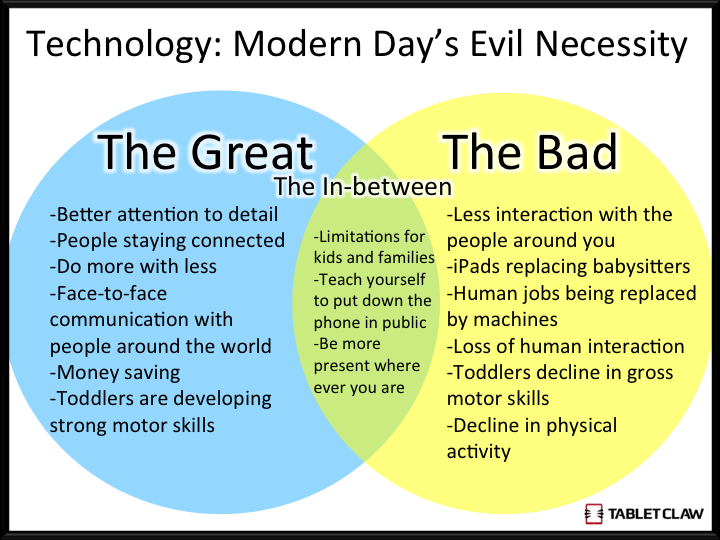 He will talk about the features of the methodology, answer all questions, dispel doubts and fears. The attentive attitude of the teacher to the new student is the key to quality services.
He will talk about the features of the methodology, answer all questions, dispel doubts and fears. The attentive attitude of the teacher to the new student is the key to quality services.
For example, in the "Family" center, before starting classes, a psychologist and a specialist in working with the family always communicate with the mother. nine0003
Minimum number of toys in the room
When it comes to educational activities for toddlers from one year old, the abundance of children's toys and furniture becomes a powerful distraction in organized activities. The simpler the environment, the more effective the lesson!
Knowing this feature, the specialists of the family center try to maintain a uniform order of storage of games and materials for classes in the classroom, as well as to minimize distractions in the form of balls or large soft toys. Everything is stored in special boxes and does not distract the baby during the lesson. nine0003
Clear lesson structure
If a teacher changes songs, rhymes and finger games at every lesson, it is not worth going to him.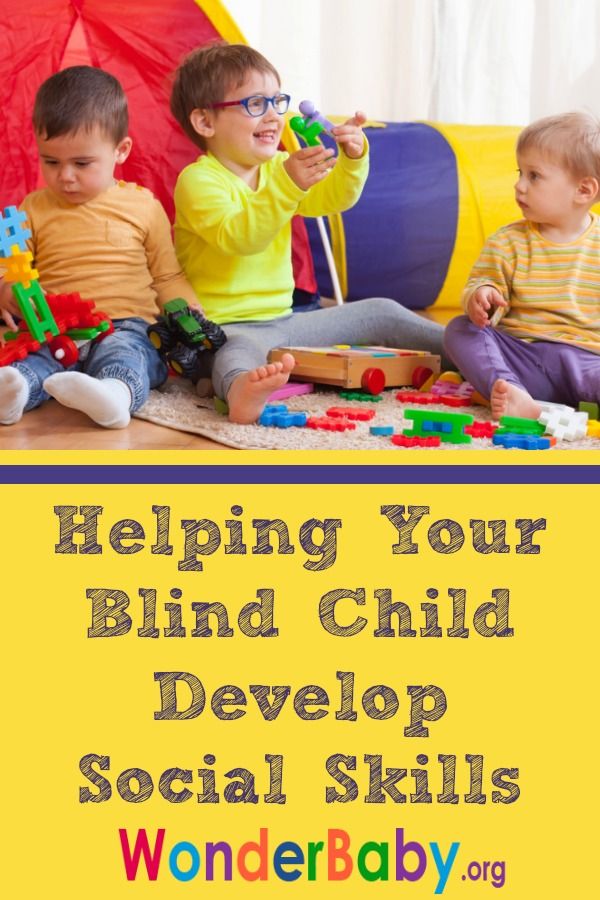 This is a marketing ploy, which, unfortunately, has nothing to do with the development of the baby. The child is very important stability in class. This is a guarantee of a sense of security for a small person.
This is a marketing ploy, which, unfortunately, has nothing to do with the development of the baby. The child is very important stability in class. This is a guarantee of a sense of security for a small person.
Professional education from a teacher
Unfortunately, today the abundance of short-term courses and the very young age of teachers devalue all the potential benefits that a mother and baby can receive in early development classes. nine0003
If the teacher cannot intelligibly answer questions about who a neurologist is, what the term / diagnosis “ADHD” means, how the Montessori method differs from the Nikitin method, then most likely you are facing an unqualified specialist.
“As a family center specialist, every year I receive new additional knowledge in the field of early childhood development, psychology, physiology and speech therapy. My family center "Family" always stands guard over the quality of the services provided by the specialists of the center", - notes Anna.


